Below are just a few examples of the invasive plants and animals that could become a serious problem in our waterways. Download a handy pocket ID guide (PDF) to these and other freshwater species.
What to do if you spot an invasive plant or animal
If you come across an invasive plant or animal, you can report it through iRecord (external link). Find out more about recording non-native species.
Find information on invasive plants and animals in other environments:
- Non-native Species Information Portal
- Identification sheets for a range of invasive plants and animals
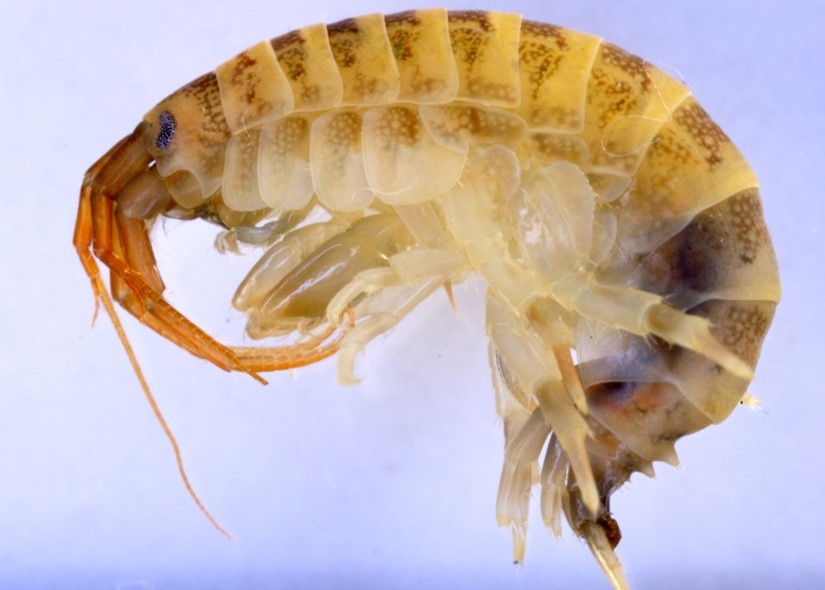
Killer shrimp (Dikerogammarus villosus)
A predator of native shrimp and other native species, including fish eggs. Killer shrimp can disrupt whole ecosystems through predation and its impact across food chains. Parasites carried by killer shrimp could reduce fish stocks.
A few tips for identifying killer shrimps:
- the main feature is a tail with distinctive cone-shaped bumps
- usually have striped backs, but can be more uniform in colour
- can grow to 30 mm long, larger than native shrimp, but are more commonly 10 to 20 mm.
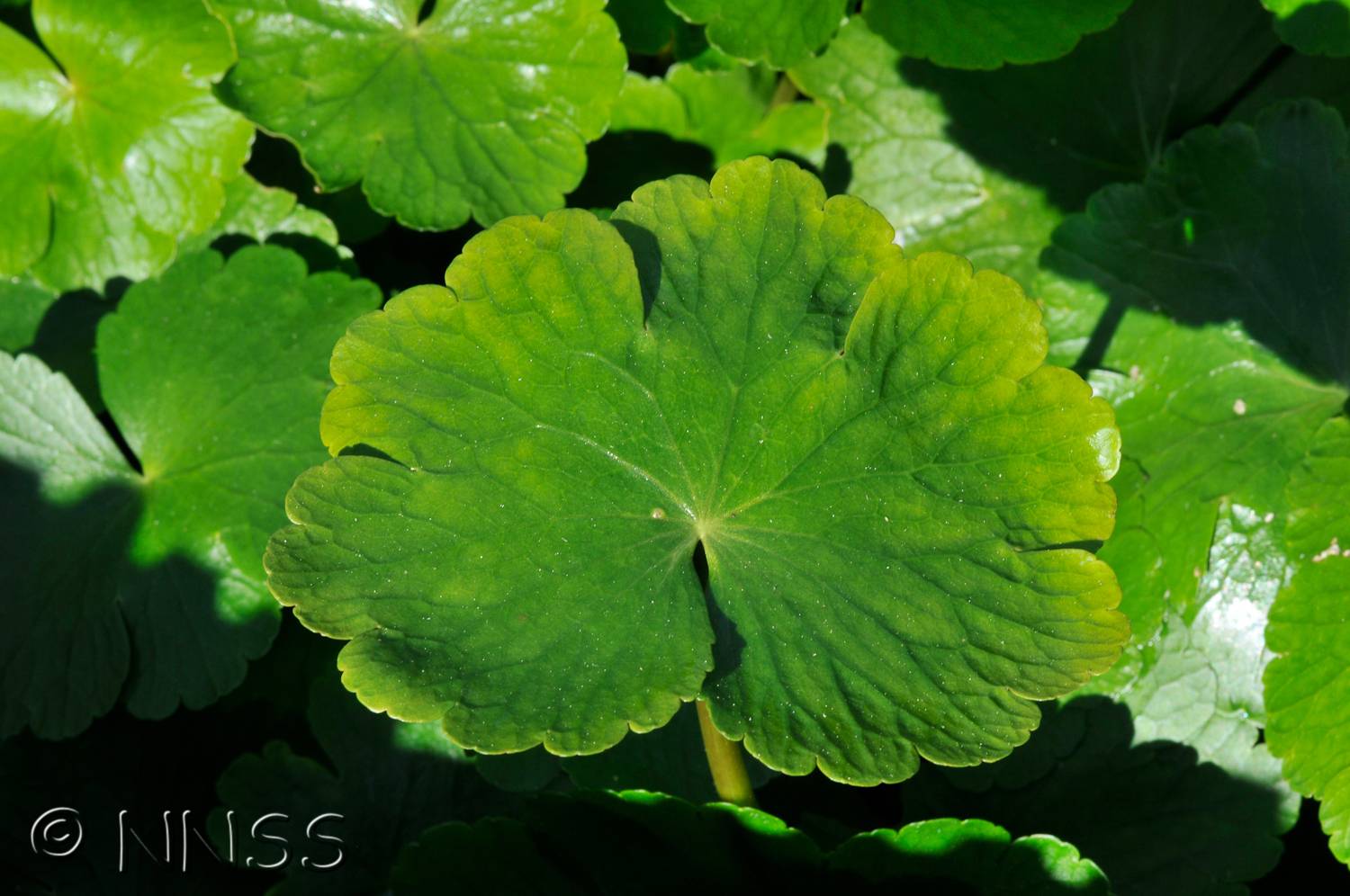
Floating pennywort (Hydrocotyle ranunculoides)
This is also called 'water pennywort' or sometimes just 'pennywort' and can grow up to 20 centimetres a day, blocking out light and reducing the oxygen for other plants and animals.
Floating pennywort:
- has shiny, kidney-shaped leaves with crinkled edges
- is usually found floating on still or slow-moving fresh water
Find out more about floating pennywort.
You can help tackle this plant by joining a Local Action Group or by getting involved in invasive species management through your sport. Find out more about getting involved in floating pennywort management and view advice on invasive pond plants: Be Plant Wise.
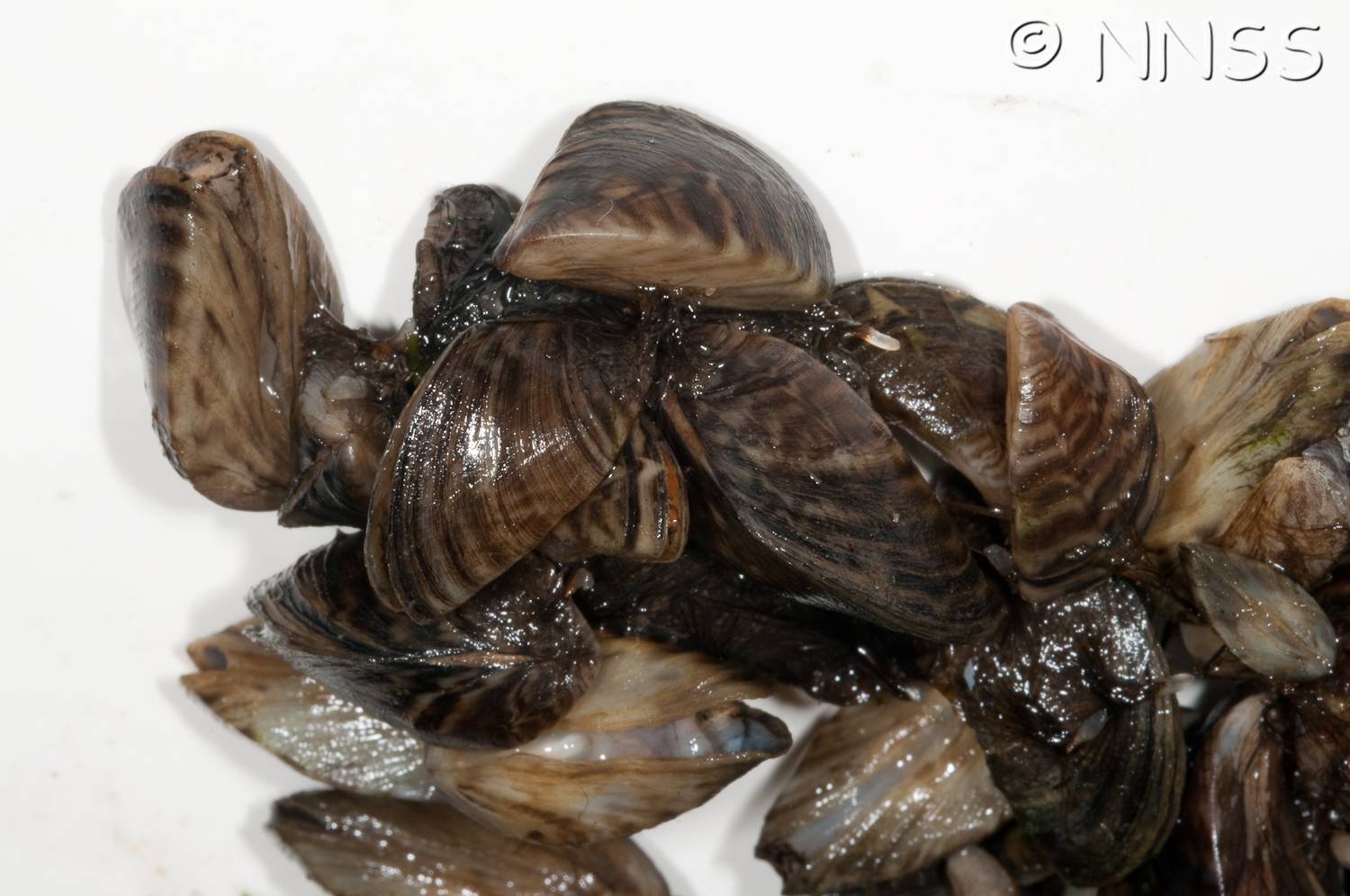
Zebra mussel (Dreissena polymorpha)
Zebra mussels are found in rivers, canals and lakes and can block pipe-work and affect lock gates. They can also smother native species and rapidly take nutrients from the water, altering ecosystems.
Zebra mussels:
- are very small - usually about 30 mm in length but can grow up to 50 mm
- have light and dark bands of colour, usually blue or brown and yellow-white
- are a distinctive 'D' shape
- attach, usually in groups, to anything solid underwater, like masonry, stones or tree roots
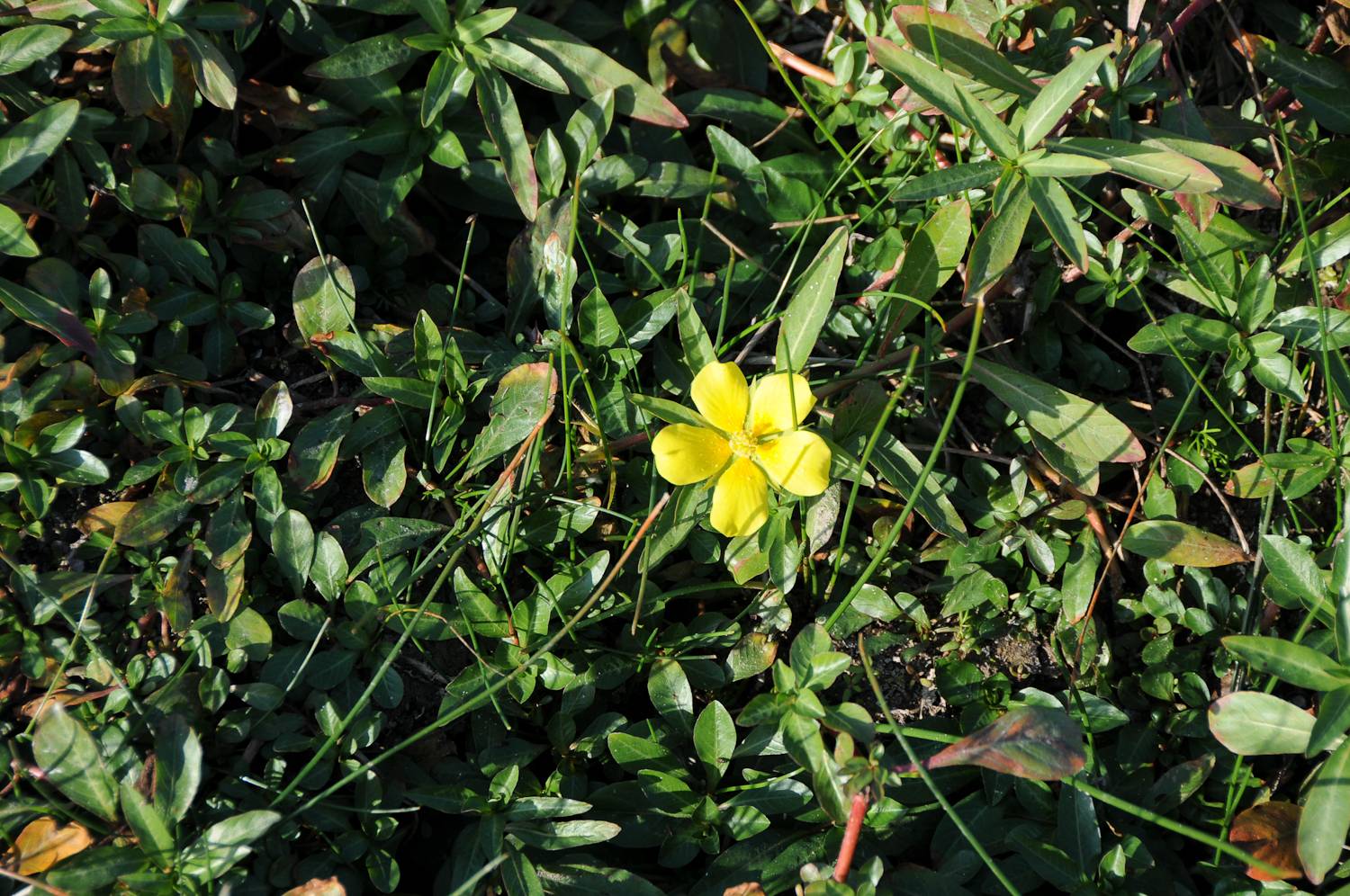
Water primrose (Ludwigia grandiflora)
Water primrose is a highly invasive freshwater weed from South America. It has become a serious problem in France where it blocks water ways and overgrows ponds and lakes. It has only recently started to be found in Britain. but if it were to establish widely could cost as much as £242 million to manage.
Water primrose:
- grows on the banks of rivers and lakes and floating on the surface of the water
- has a flower with 5 bright yellow flower and distinctive seed pods
- has a thick fleshy stem Has leaves which range from long and thin to almost completely round
- leaves brown hay like stems protruding from the water over winter
Find out more about floating pennywort.
Water primrose is an Alert Species, any sightings should be recorded.
Find out more about water primrose and view advice on invasive pond plants: Be Plant Wise.
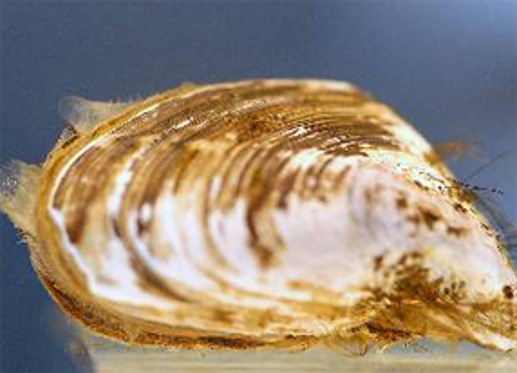
Quagga Mussel (Dreissena rostriformis)
Closely related and very similar to the zebra mussel, but possibly even more invasive. It can survive in some places that zebra mussel can't and can even displace them. Like the zebra mussel and killer shrimp this species comes from the ponto-caspian region in south-east Europe. In October 2014, the first GB record of Quagga Mussel was confirmed in West London.
Similar to zebra mussel and quite difficult to distinguish, if you suspect quagga mussel make sure to make a note of where you saw it and inform the relevant organisation (the Environment Agency in England and Wales, the Scottish Environment Protection Agency in Scotland).
Image courtesy of Mike Quigley, U.S. Department of Commerce
Identification tips:
- found in freshwater rivers, canals and lakes
- small - similar in size to zebra mussel
- lacks the strong ridge that gives zebra mussel its 'D' shape, quagga mussel is more rounded
- when you place quagga mussel on its front it will roll to one side, unlike zebra mussel
- a wavy line is created by the meeting of the two halves of the shell in quagga mussel, in zebra mussel the line is more straight
- living zebra mussels are quite hard to detach from a surface they are attached to, quagga mussels pull off more easily
